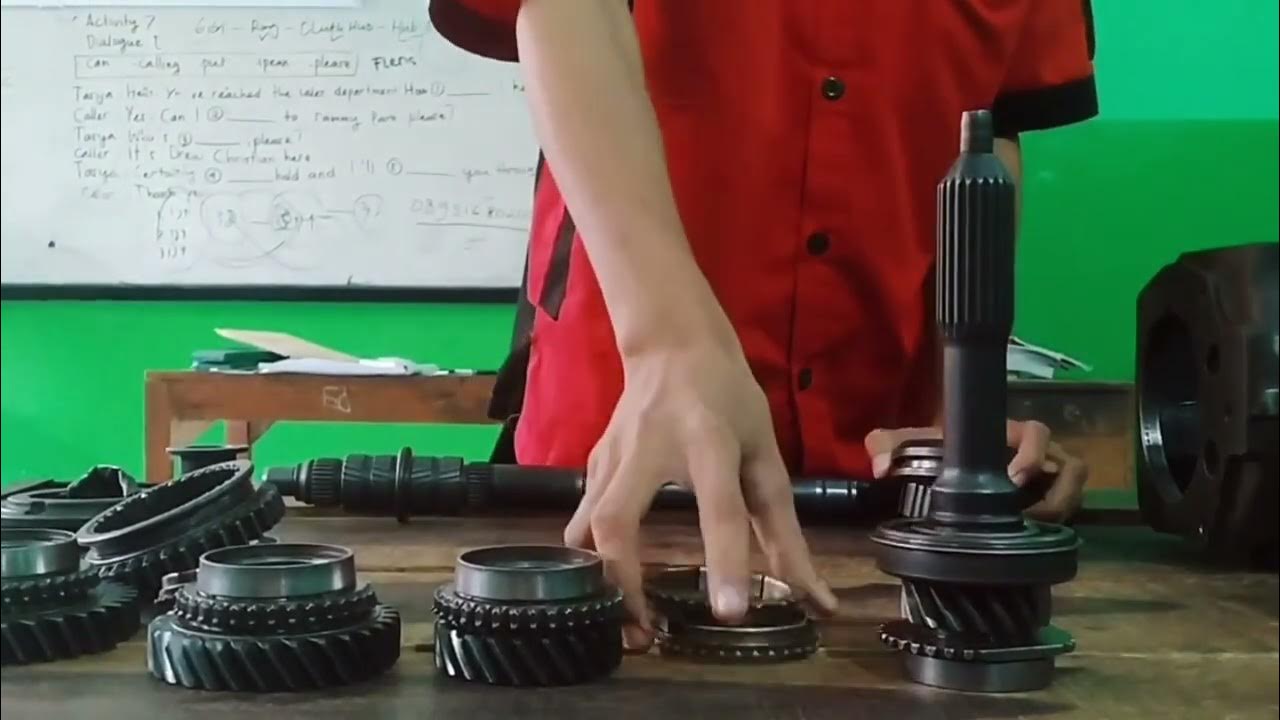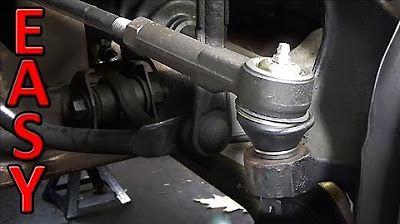How to disassemble and reassemble a basic computer
Summary
TLDRThis video provides a detailed step-by-step guide on disassembling and reassembling a computer. The tutorial covers essential tasks like installing an anti-static wrist strap, removing components such as the hard drive, optical drive, and motherboard, and reattaching them carefully. Key explanations include RAM installation, power supply connections, and ensuring everything is in place without damaging parts. The process concludes with testing the computer to ensure it boots up correctly and functions as expected, offering a comprehensive overview for users interested in computer hardware maintenance and assembly.
Takeaways
- 😀 Always wear an anti-static wrist strap to prevent damaging computer components with static electricity.
- 😀 Begin disassembly by unplugging cables from the hard drive, optical drive, and other internal components.
- 😀 Use caution when removing and handling RAM to avoid touching the contacts, as oil or dirt can cause malfunctions.
- 😀 The CPU fan and heatsink play a crucial role in dissipating heat, so they must be carefully removed and reinstalled.
- 😀 When removing the CPU, ensure the latch on the CPU socket is completely opened to avoid damaging the CPU or motherboard.
- 😀 The motherboard should be handled carefully and kept on static-free surfaces to prevent short circuits and damage.
- 😀 When reinstalling the power supply, it should be done last to prevent damage to the motherboard during the process.
- 😀 Pay attention to the correct positioning of standoffs when reinstalling the motherboard to prevent it from touching the case and shorting out.
- 😀 When connecting cables, ensure you use the correct SATA ports for faster data transfer and plug the cables securely into their respective slots.
- 😀 Properly route and secure cables to prevent interference with moving parts such as fans, which could lead to damage or improper airflow.
- 😀 Once everything is reassembled, power on the system and check for any error messages to ensure that the computer is functioning properly.
Q & A
Why is it important to wear an anti-static wrist strap during computer disassembly?
-Wearing an anti-static wrist strap helps prevent static electricity from damaging sensitive computer components, such as the motherboard, RAM, and CPU. Static charges can cause irreparable harm to electronic parts, so grounding yourself is essential.
What is the purpose of thermal paste on a CPU?
-Thermal paste is applied between the CPU and the heatsink to improve heat transfer. It helps conduct heat away from the CPU, ensuring it stays cool and operates efficiently.
What is the difference between SATA 3 and SATA 2 ports?
-SATA 3 offers faster data transfer speeds compared to SATA 2. SATA 3 supports speeds of up to 6Gbps, while SATA 2 supports up to 3Gbps. When installing drives, it's recommended to use the faster SATA 3 port for better performance.
Why should you avoid touching the contacts on RAM?
-Touching the contacts on RAM can leave fingerprints or oils from your fingers, which can affect the performance or cause issues like poor electrical conductivity, leading to potential system instability.
What role does the power supply play in a computer?
-The power supply provides electrical power to all components in the computer, including the motherboard, CPU, RAM, and storage devices. It converts AC power from the outlet into the DC power required by the internal components.
Why is the CPU referred to as the 'brain' of the computer?
-The CPU (Central Processing Unit) is called the 'brain' of the computer because it processes instructions from programs and manages the flow of information between other components. It performs all the calculations and decision-making tasks that run the system.
What is the significance of standoffs when installing a motherboard?
-Standoffs are small metal or plastic spacers that prevent the motherboard from directly touching the case. They ensure that the motherboard is properly aligned with the I/O ports and avoids short-circuiting by keeping it raised above the metal of the case.
What is the function of the BIOS battery on the motherboard?
-The BIOS battery, typically a coin-cell battery, powers the CMOS memory. It stores important system settings, such as date, time, and hardware configuration, even when the computer is turned off.
Why is it crucial to ensure the CPU latch is fully locked after reinstalling the CPU?
-The CPU latch must be fully locked to ensure that the CPU is securely seated in its socket. If the latch is not fully engaged, the CPU may not make proper contact with the motherboard, leading to system errors or failure to boot.
What is the reason for testing the computer after reassembly?
-Testing the computer after reassembly ensures that all components are correctly connected and functional. This step helps verify that the system boots properly without any error messages and confirms that the reassembly was successful.
Outlines

Esta sección está disponible solo para usuarios con suscripción. Por favor, mejora tu plan para acceder a esta parte.
Mejorar ahoraMindmap

Esta sección está disponible solo para usuarios con suscripción. Por favor, mejora tu plan para acceder a esta parte.
Mejorar ahoraKeywords

Esta sección está disponible solo para usuarios con suscripción. Por favor, mejora tu plan para acceder a esta parte.
Mejorar ahoraHighlights

Esta sección está disponible solo para usuarios con suscripción. Por favor, mejora tu plan para acceder a esta parte.
Mejorar ahoraTranscripts

Esta sección está disponible solo para usuarios con suscripción. Por favor, mejora tu plan para acceder a esta parte.
Mejorar ahoraVer Más Videos Relacionados

How to Disassemble/Assemble a Computer System Unit? - Basic Parts and Function

Pemeliharaan Kendaraan Ringan Sistem Injeksi (Tambahan) Sistem Rem (FATUR RAHMAN)

Cara membongkar dan memasang transmisi manual 4 speed...#smkTamtamaKroya.

How to Replace Pitman Arm 2007-2014 Chevrolet Silverado 2500 HD

How to Change Tie Rods (inner and outer tie rod ends)

Replace ANY welded / plastic riveted keyboard the CORRECT WAY.
5.0 / 5 (0 votes)
